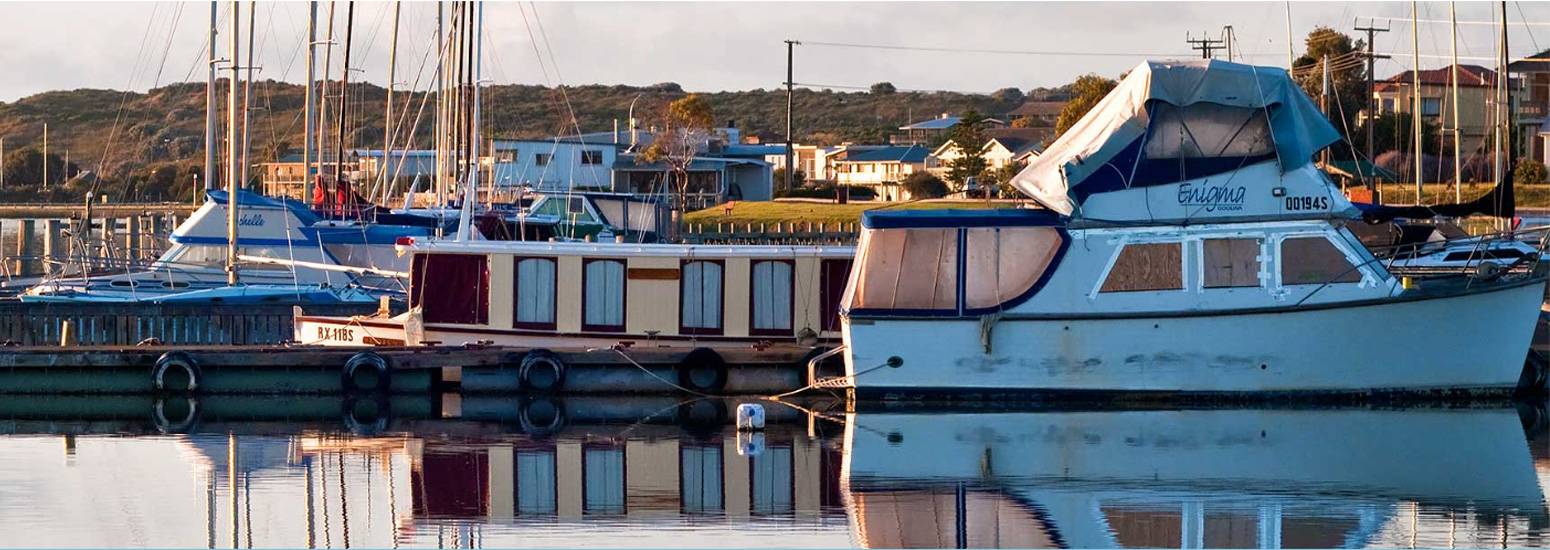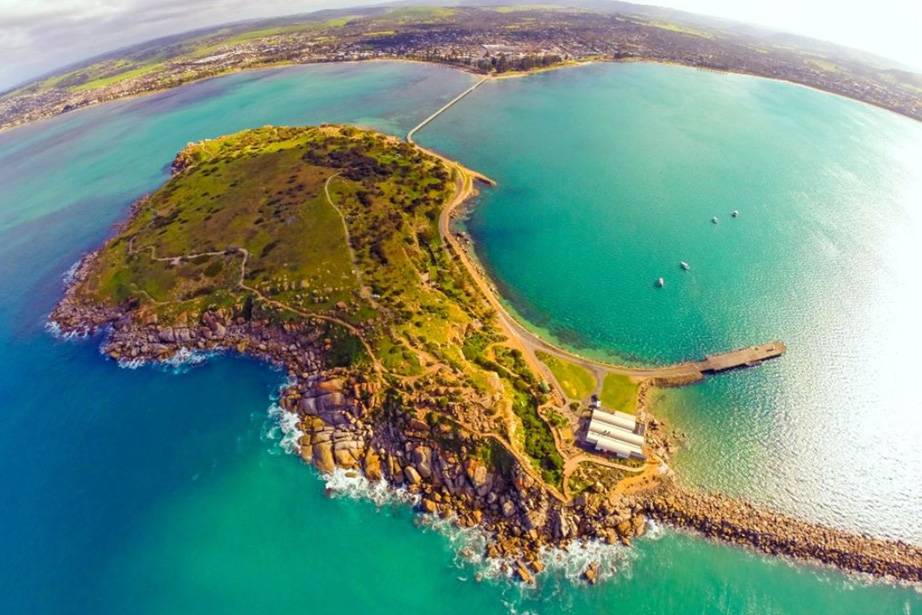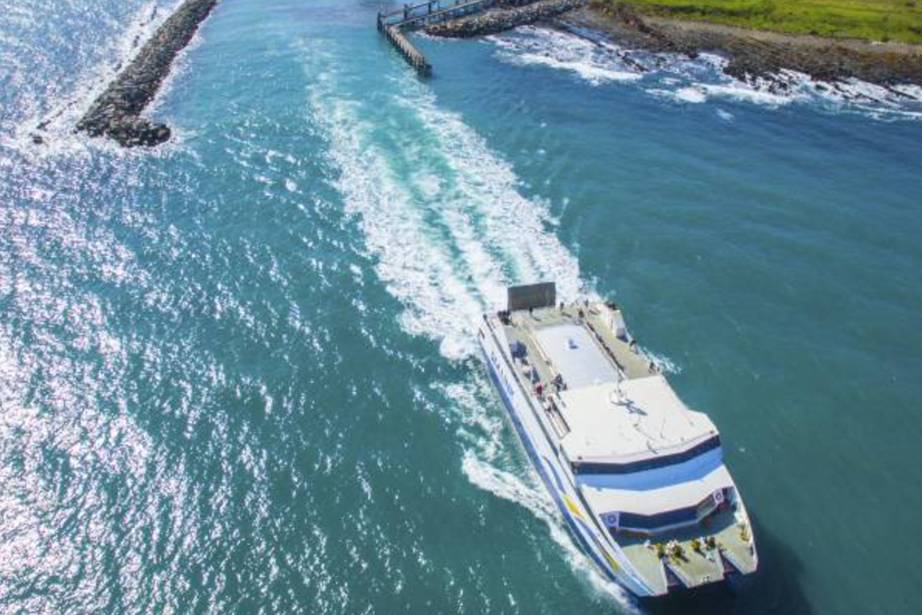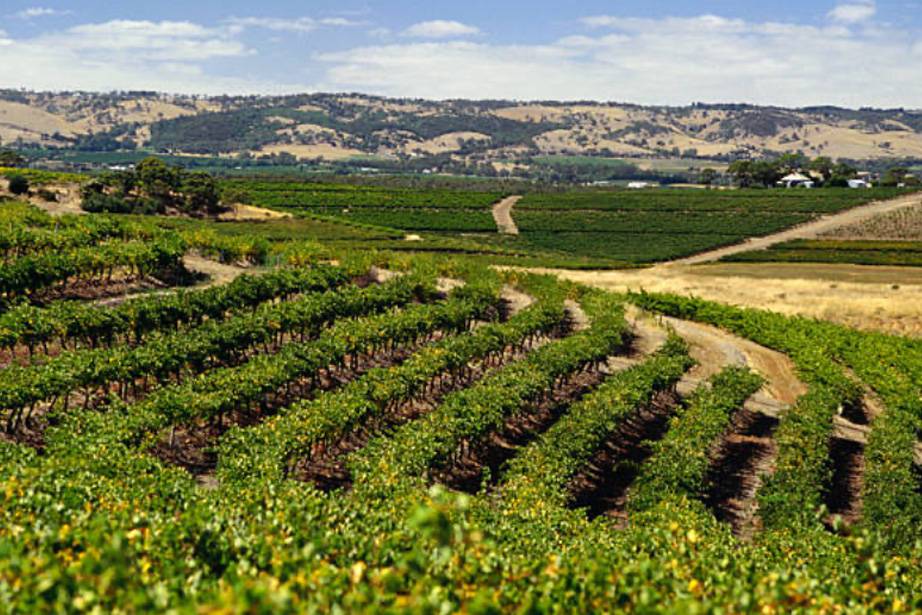
REGION




The Fleurieu Peninsula is 60km’s south of Adelaide’s CBD. Hindmarsh Tiers, our location, is approximately fifteen minutes to the East of the Fluerieu coastline which offers expansive beaches like Myponga, Sellicks and Aldinga.
Other coastal features are rugged cliff scapes, sheltered coves for year round plus activities such as fishing, surfing, scuba diving, snorkelling, sailing, swimming and winter whale watching. Twenty minutes further south of Hindmarsh Tiers is Victor Harbour which is known as one of South Australia’s premier tourist destinations.
The early history and heritage of the Fleurieu Peninsula, during the 1800’s, are connected with the exploration movements of both the British and French via explorers Matthew Flinders followed by the Nicolas Baudin.
Flinders, on the ship Investigator, after leaving Kangaroo Island, was keen to discover more about the mainland coast. Baudin, coming from the west, on the ship Le Geographe, was equally as determined. The meeting of these two vessels, and their Captains, was the reason behind the name of Encounter Bay.
In the very early years whaling and sealing vessels worked the coastline but it wasn’t until the early 1830s that colonisation emerged when the Directors of the South Australian Company planned a project of British colonisation.
By the 1840’s, whaling had spread around the foot of the Peninsula and Cape Jervis which operated for four months during the winter season, procuring on average about 150 tons of black oil and whalebone. Around this time early SA settlers began actively exploring the Fleurieu Peninsula .
Within two decades many enterprises were established and towns of considerable dimensions appeared. Settlers planted the district’s first grape vines which was the beginning of today’s modern vineyard and wine industry.
In 1852 Port Elliot had its first hotel erected, a police station in 1853, a jetty and church in 1854, a courthouse in 1855 and post office in 1858. Settlers erected substantial houses and the first school opened in 1856. The surrounding valleys were encroached upon by settlers seeking to win the land for their livestock.
At Rapid Bay extensive loads of copper and lead were discovered and Robert Norman, an Adelaide dentist, proposed to form a township with a church, blacksmith’s shop and hotel that he named Normanville. With the construction of jetty’s at Normanville and Myponga, coastal shipping expanded as did agricultural production.
The building of many hotels was another sign of a flourishing district and extensive growth in its settlements prompted schools, mills, houses, government offices which were all signs of prosperity. It was considered that by 1860’s, the course of settlement on the Fleurieu Peninsula had proceeded within a relatively ordered framework.
